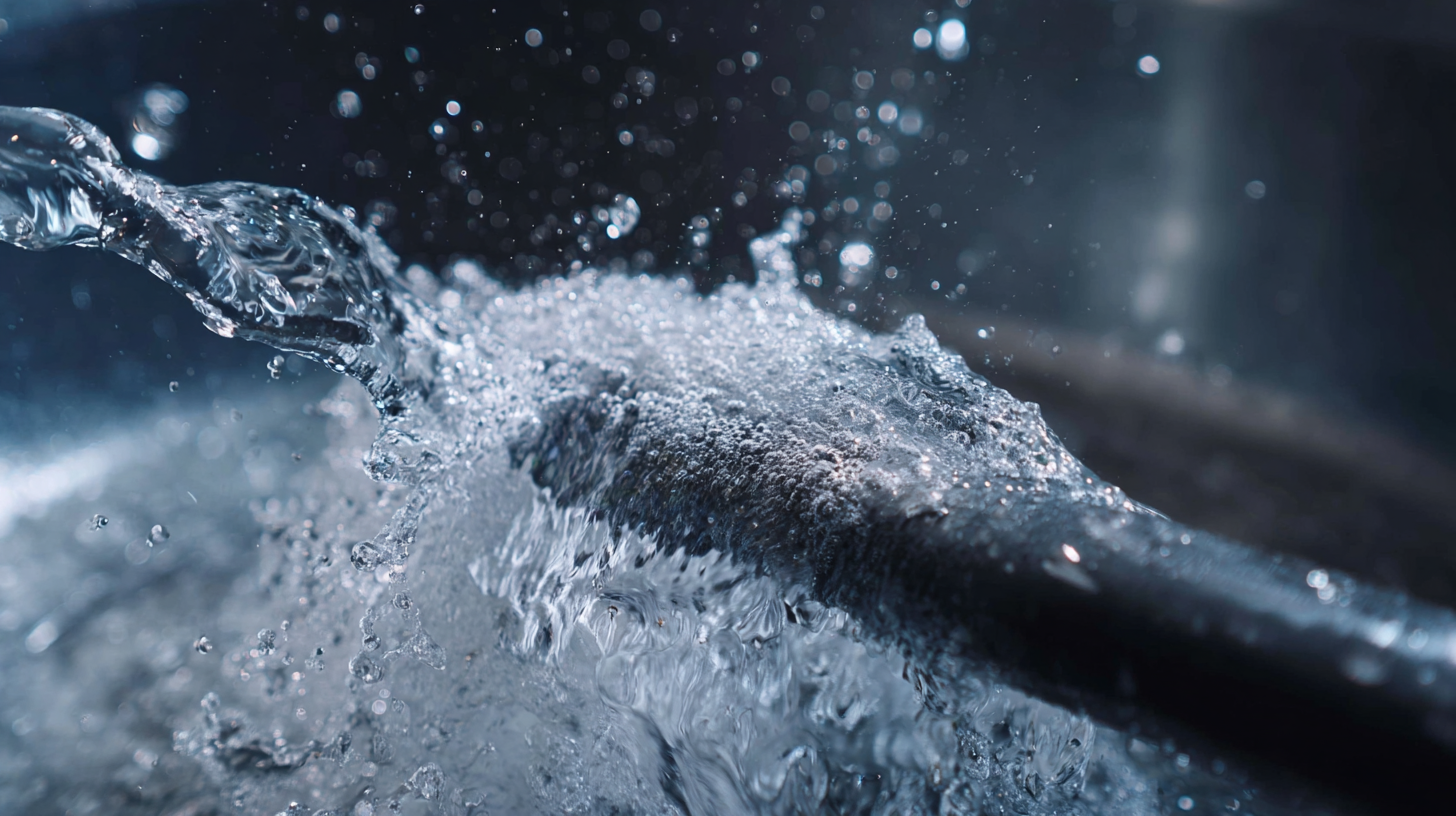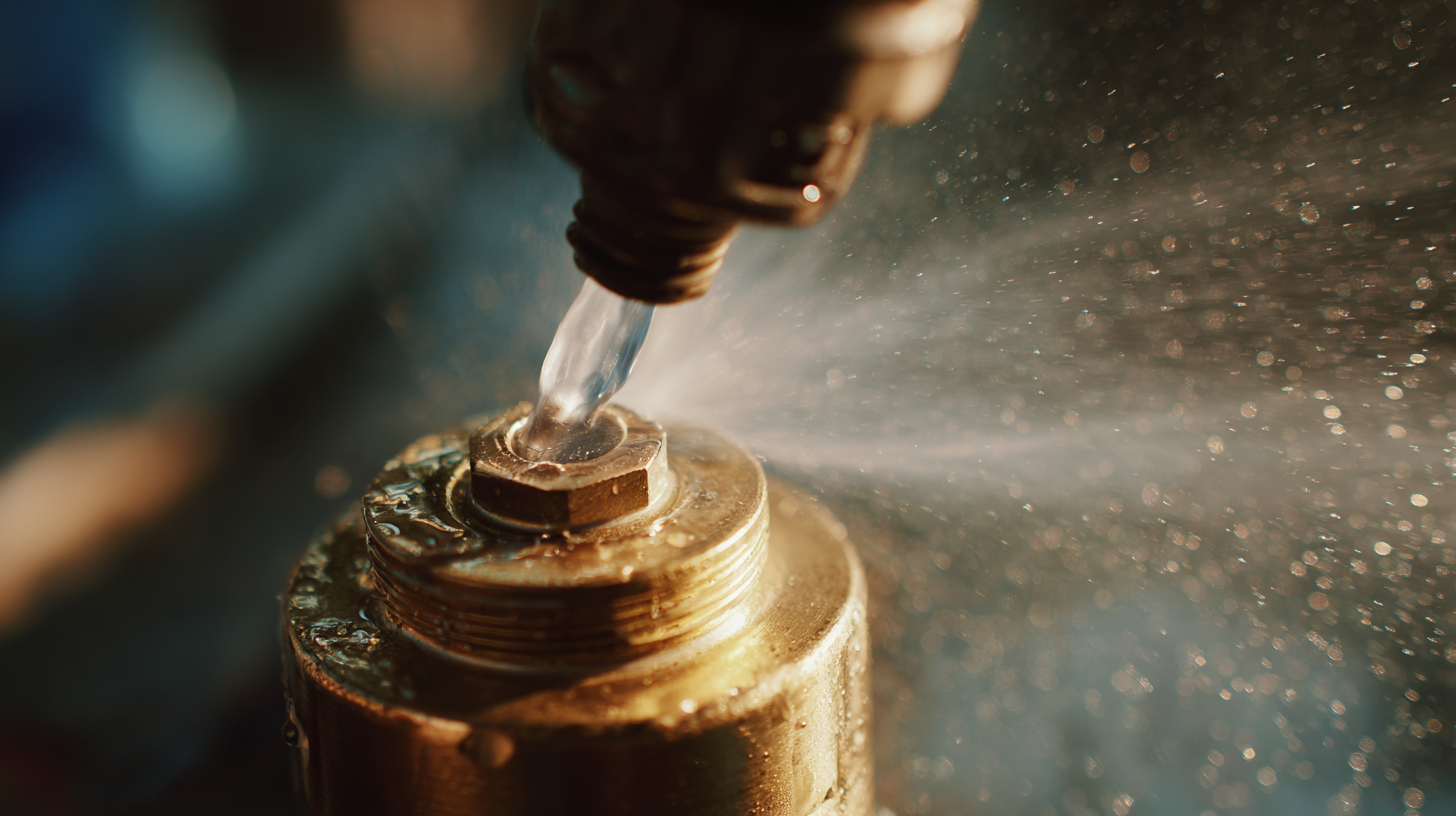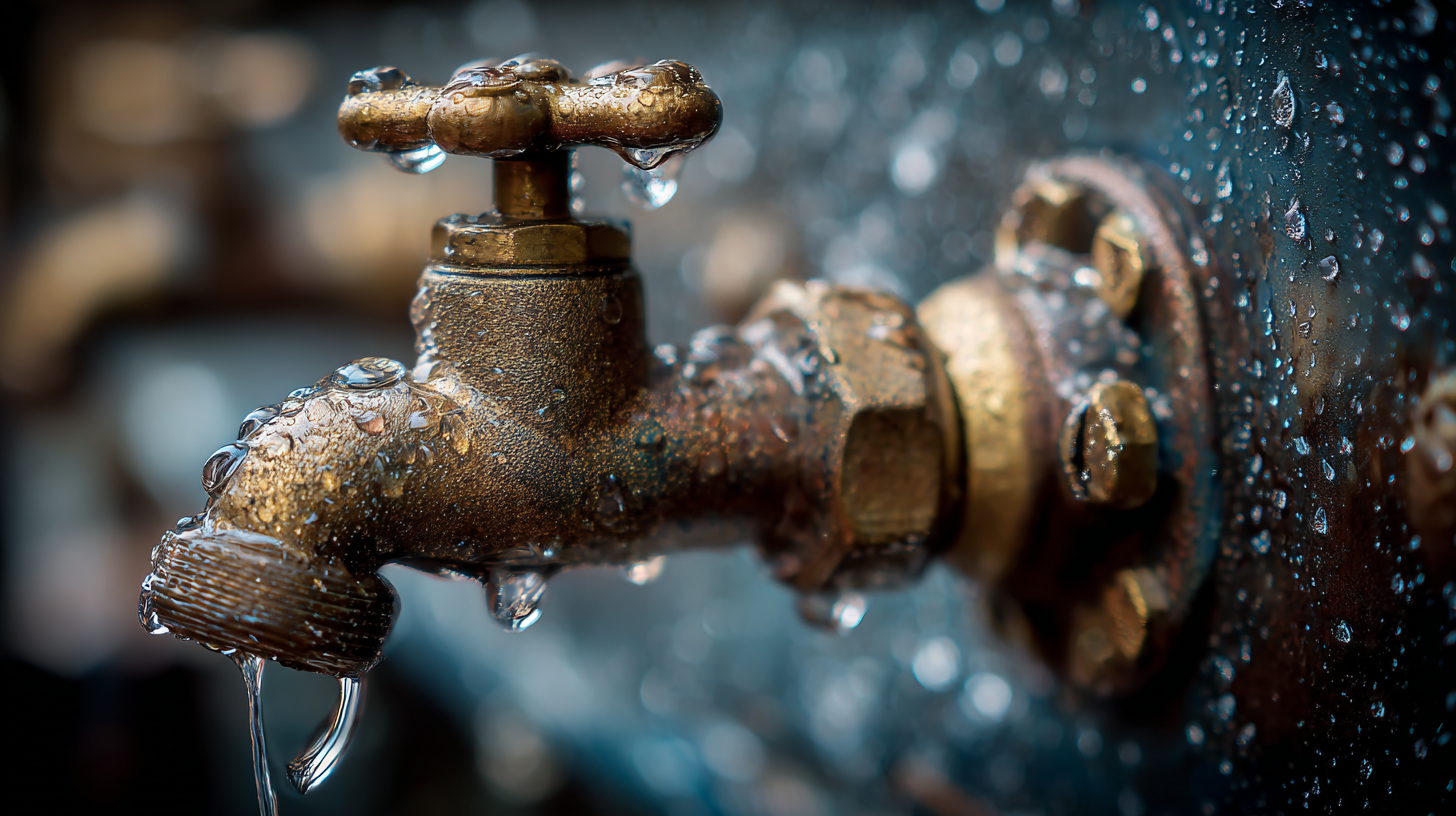
- sales@bjbod.com
- Mon - Sat at 7:00AM to 9:00PM

In an era where efficient resource management is paramount, mastering the art of water removal has become increasingly essential. The rapid advancements in technology have introduced a variety of innovative solutions, making the process of extracting water not only efficient but also sustainable. Among these solutions, the concept of the "Compressed Water Remover" stands out as a game-changer. This technique leverages pressure and sophisticated machinery to significantly reduce the time and effort required for effective water removal, catering to both residential and industrial needs.

As we delve into the best practices and techniques associated with compressed water removal, this blog will explore how this forward-thinking approach can revolutionize our methods and enhance productivity. Embracing the future of efficient water management is now more accessible than ever, and understanding these dynamics will equip us to harness the full potential of compressed water remover technologies.
The evolution of compressed water removal techniques has been pivotal in enhancing operational efficiency across various industries. Initially, traditional methods relied on passive draining or manual removal, which proved to be time-consuming and labor-intensive. However, with advancements in technology, compressed air and vacuum systems have revolutionized the way industries address moisture management. According to a report by the Global Water Removal Technologies Market, the sector is expected to grow by 13% annually, driven by the increasing demand for effective water management solutions.
Moreover, industries such as automotive and manufacturing have increasingly adopted these innovative techniques to maintain product integrity and prolong equipment life. Implementing compressed air systems can reduce water-related damage significantly— by up to 50% in some cases—thus saving companies thousands in repair and downtime costs. A recent study by TechNavio indicated that industries utilizing compressed water removal techniques have seen a productivity increase of over 30%, underscoring the importance of integrating modernized solutions within operational workflows. These impressive statistics highlight the crucial role of compressed water removal techniques as they continue to evolve and cater to the dynamic needs of contemporary industries.
 Efficient compressed water removal methods are essential in addressing water scarcity challenges, particularly in sustainable building and construction. As the demand for innovative building materials rises, evaluating the efficiency of these water removal techniques becomes increasingly crucial. Key metrics, such as energy consumption and processing speed, can help assess the performance of various methods, ensuring that they align with sustainable practices while maximizing effectiveness.
Efficient compressed water removal methods are essential in addressing water scarcity challenges, particularly in sustainable building and construction. As the demand for innovative building materials rises, evaluating the efficiency of these water removal techniques becomes increasingly crucial. Key metrics, such as energy consumption and processing speed, can help assess the performance of various methods, ensuring that they align with sustainable practices while maximizing effectiveness.
Recent technological innovations, such as vapor compression refrigeration systems, have emerged as sustainable solutions for capturing atmospheric water. These systems not only enhance water accessibility but also contribute to energy efficiency metrics critical for evaluating overall performance. By integrating efficient water removal techniques into the design of green buildings, stakeholders can support both environmental sustainability and resource conservation. This synergy between technology and sustainability is vital for future developments in the field, pushing the boundaries of efficiency in water management strategies.
In the realm of industrial maintenance and environmental management, mastering compressed water removal techniques has proven essential. Real-world applications highlight the effectiveness of these methods in various scenarios, including flood restoration and equipment maintenance within manufacturing facilities. One notable case involves a manufacturing plant that experienced significant downtime due to water damage. By implementing compressed air technology, crews efficiently removed standing water, reducing recovery time by over 50%. This quick response allowed the facility to resume operations with minimal financial loss, showcasing the critical role of efficient water removal techniques.
Another compelling example can be found in the restoration of historical buildings affected by water ingress. Preservationists have adopted compressed water removal methods to safeguard delicate structures while ensuring no additional harm is inflicted during the drying process. By utilizing specialized equipment that delivers high-pressure air, these experts effectively displace moisture from intricate surfaces without compromising the integrity of the materials. This approach not only accelerates restoration efforts but also protects the architectural heritage, demonstrating the versatility and efficacy of compressed water removal technology in diverse applications.
| Technique | Application Area | Efficiency (%) | Case Study Reference |
|---|---|---|---|
| High-Pressure Air Blasting | Construction Sites | 90% | Case Study 1 |
| Vacuum Water Extraction | Flood Affected Areas | 85% | Case Study 2 |
| Dehumidification Technology | Residential Buildings | 75% | Case Study 3 |
| Compressed Air Drying | Industrial Processing | 80% | Case Study 4 |
| Ultrasonic Water Removal | Agricultural Equipment | 88% | Case Study 5 |
In recent years, innovations in equipment have significantly transformed the efficiency of water removal techniques. The advent of advanced compressed water removers has allowed industries to tackle water problems with unprecedented precision and speed. These cutting-edge devices are engineered to harness high-pressure air to effectively displace water, reducing downtime in industrial settings and improving the overall efficacy of water mitigation processes. As technology evolves, these machines become smaller, more powerful, and easier to operate, making them indispensable for businesses dealing with water-related challenges.
Moreover, the integration of smart technology into water removal equipment has further enhanced operational efficiency. With real-time monitoring capabilities, these innovations allow users to assess the effectiveness of the water removal process instantaneously. By employing sensors and automated systems, technicians can optimize equipment performance, reduce energy consumption, and ensure that the job is completed as swiftly as possible. As we continue to embrace technological advancements, the future of water removal promises not only increased efficiency but also a more sustainable approach to managing water resources.
This chart illustrates the advancements in water removal efficiency with the use of compressed water remover techniques. The data represents the average water removal efficiency (in liters per minute) across different technologies from 2018 to 2023.
 As industries and consumers increasingly prioritize sustainability, the future of
compressed water removal techniques looks promising. Innovations are emerging that not only enhance efficiency but also minimize environmental impact. The integration of renewable energy sources into water removal processes is becoming more prevalent, ensuring that energy-intensive operations contribute less to carbon emissions. Additionally, advancements in smart technology are enabling real-time monitoring and optimization of these systems, leading to improved performance and resource management.
As industries and consumers increasingly prioritize sustainability, the future of
compressed water removal techniques looks promising. Innovations are emerging that not only enhance efficiency but also minimize environmental impact. The integration of renewable energy sources into water removal processes is becoming more prevalent, ensuring that energy-intensive operations contribute less to carbon emissions. Additionally, advancements in smart technology are enabling real-time monitoring and optimization of these systems, leading to improved performance and resource management.
Tip: To maximize efficiency in your water removal practices, consider implementing automated controls that adjust processes based on real-time data. This approach allows for more precise resource management and can significantly reduce excess energy use.
Another notable trend is the development of biodegradable and eco-friendly materials used in conjunction with compressed water removal systems. These materials ensure that the environmental footprint is minimized, aligning operational practices with sustainability goals. As regulatory frameworks become stricter, adopting such technologies not only enhances compliance but also improves public perception of businesses.
Tip: Regularly assess and upgrade your water removal systems to incorporate newer, greener technologies. Staying ahead of the curve can result in long-term savings and better environmental stewardship.